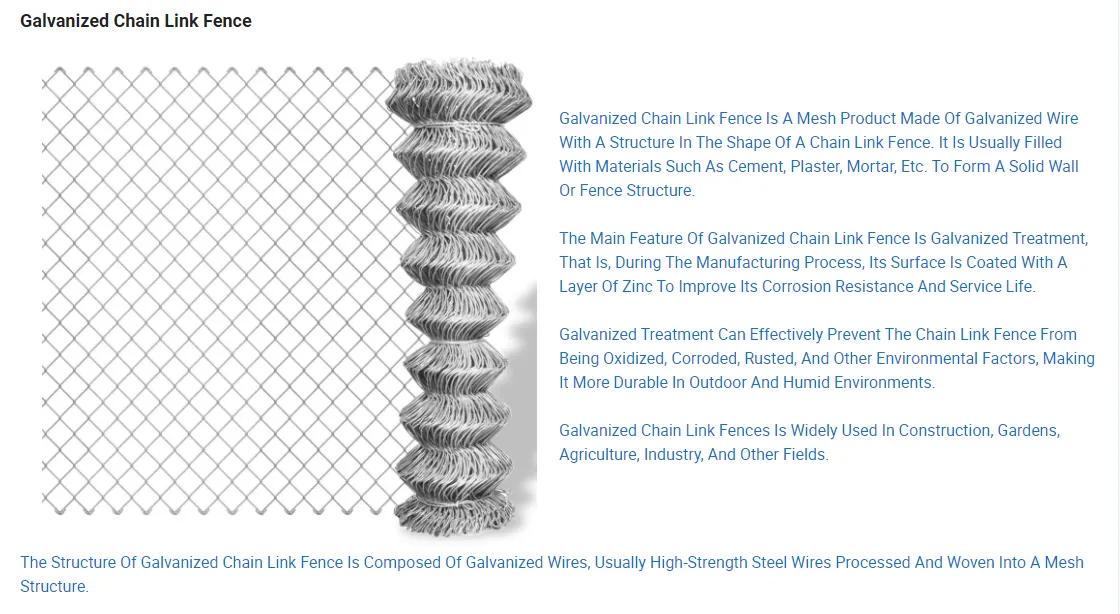Sound Barriers for Outdoor Environments
In an increasingly noisy world, the quest for tranquility and peace of mind has become more important than ever. As urban development proliferates and transportation networks expand, communities are facing more significant challenges with noise pollution. Sound barriers have emerged as effective solutions to mitigate outdoor noise, enhancing the quality of life in residential and commercial areas alike.
Sound barriers, also known as noise barriers or acoustic barriers, are structures designed to obstruct or redirect sound waves from their source to minimize the noise experienced by affected communities. These barriers are commonly employed in various settings, such as along highways, railroads, airports, and industrial zones. By serving as a shield against unwanted noise, they can effectively lower decibel levels and create a more serene environment.
Types of Sound Barriers
There are several types of sound barriers available, each with unique features and benefits. The most common materials used for constructing sound barriers include concrete, wood, metal, and composites.
1. Concrete Barriers Renowned for their durability and effectiveness, concrete barriers are often used in high-traffic areas. These barriers can absorb and reflect sound waves, providing robust sound insulation.
2. Wooden Barriers Aesthetic and eco-friendly, wooden barriers can blend seamlessly with nature. They are often treated to withstand weather conditions and can be designed in various styles to complement scenic landscapes.
3. Metal Barriers Typically made from steel or aluminum, metal barriers are effective in urban environments. They can be designed to absorb sound and are often coated with materials that enhance their acoustic properties.
4. Composite Materials Combining various materials, composite barriers are designed to optimize sound absorption and reflection while being lightweight and easy to install.
sound barriers for outdoors

Effectiveness of Sound Barriers
The effectiveness of sound barriers depends on several factors, including their height, length, and placement in relation to the noise source. Generally, taller barriers tend to block sound more effectively, particularly when they are placed close to the noise source. The angle at which sound waves approach the barrier also plays a crucial role in determining how much noise is deflected or absorbed.
Studies have shown that sound barriers can reduce noise levels by up to 10 to 20 decibels, significantly enhancing outdoor sound environments. For reference, a reduction of 10 decibels is perceived as a halving of sound intensity, which can make a considerable difference in comfort levels for residents living near noisy infrastructure.
Benefits of Sound Barriers
The advantages of installing sound barriers are multifaceted. Firstly, they improve the quality of life for individuals living in noisy areas, offering a respite from the incessant hum of urban life. Reduced noise pollution is associated with numerous health benefits, including lower stress levels, improved sleep quality, and enhanced concentration, particularly for children studying and playing outdoors.
Moreover, sound barriers can add aesthetic value to landscapes when designed thoughtfully. They can be integrated with local flora and fauna, enhancing the natural beauty of an area while serving a functional purpose. Some modern sound barriers even feature green technologies, such as living walls that incorporate plants to absorb sound and improve air quality.
Conclusion
As cities and roadways continue to expand, the importance of sound barriers in outdoor environments cannot be overstated. These structures play a vital role in reducing noise pollution, improving the quality of life, and fostering more harmonious interactions between urban developments and their natural surroundings. With advancements in design and materials, sound barriers will continue to evolve, providing increasingly effective solutions for managing outdoor noise in our bustling world. As we move forward, investing in such solutions will be crucial in creating peaceful and sustainable communities for generations to come.
-
The Best Metal Mesh Solutions: Expanded Aluminum Metal vs. Expanded Stainless Steel Metal
NewsSep.10,2024
-
Round Perforated Sheets vs. Hexagonal Perforated Sheets vs. Embossed Perforated Sheet Metal
NewsSep.10,2024
-
Perforated Metal Sheets
NewsSep.10,2024
-
Experience The Excellence Of Stainless Steel Grating
NewsSep.10,2024
-
Discover the Versatility Of Metal Mesh Expanded Forming Machines
NewsSep.10,2024
-
Discover The Advantages Of Steel Grating For Sale
NewsSep.10,2024
Subscribe now!
Stay up to date with the latest on Fry Steeland industry news.

